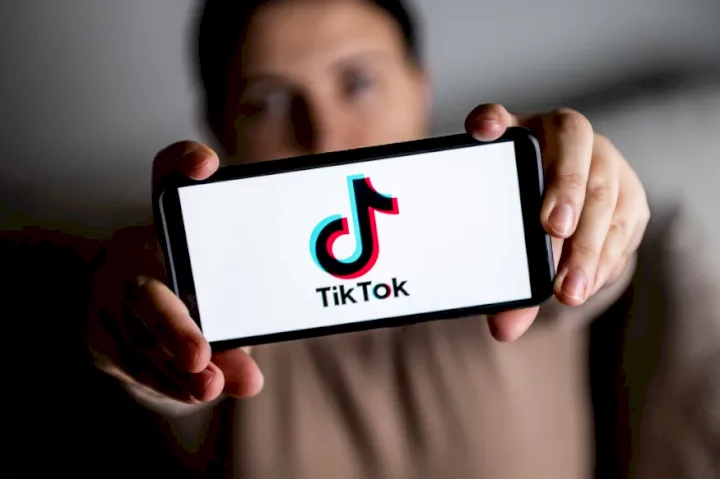
TikTok is trying to make it easier for creators and others to navigate its rules, and understand what's happening to their accounts. The company is introducing a revamped "account enforcement system," a series of changes that includes a new strike system, as well as features that allow creators to check if their content has been blocked from the app's recommendations.
The changes come amid a broader push from TikTok to increase transparency around how it handles content moderation and algorithmic recommendations, both of which have been subject to intense scrutiny by lawmakers, regulators and other critics.
In a blog post, the company says the new strike system is meant to address "repeat offenders" who can have an outsized impact on the platform. "Under the new system, if someone posts content that violates one of our Community Guidelines, the content will be removed and their account will accrue a strike," the company explains. "If an account meets the threshold of strikes within either a product feature (i.e. Comments, LIVE) or policy (i.e. Bullying and Harassment), it will be permanently banned." The company added that users may also be banned after just one strike if the violation is considered "severe."
The change makes TikTok's policy more in line with that of its peers. YouTube and Meta also use a strike system against accounts that break their rules, though each platform has its own criteria for determining strikes, and the penalties associated with them.
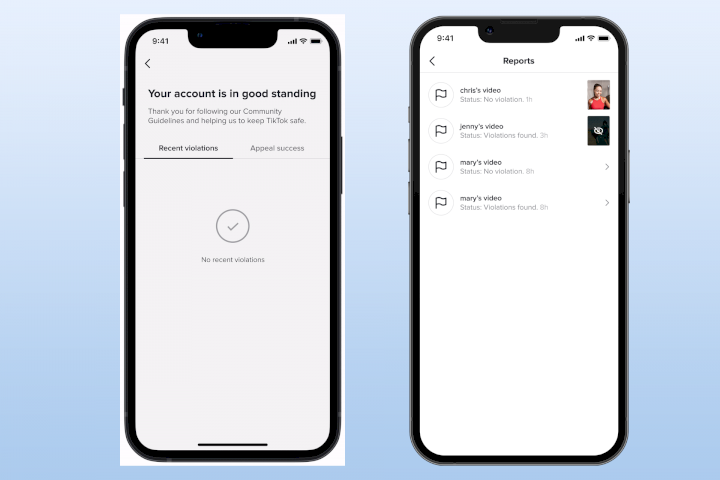
In that vein, TikTok says it will also provide creators with new tools to view if their account has racked up any strikes over the previous 90 days. The feature will live in a new "account status" section of the app's Safety Center. The company is also adding a "reports" section, where users can follow up on any content or accounts they've reported.
TikTok's also starting to test two new features that deal with recommendations. The first is a feature that will notify creators if one of their videos has been blocked from the app's For You page. The feature, which the company says "will be testing in select markets over the coming weeks," will "let them know why, and give them the opportunity to appeal."
The second test is a feature that will allow users to essentially reset the recommendations that appear in For You page. According to a TikTok spokesperson, those in the test will see a "refresh" option in their For You feed, which basically gives the app's main feed a fresh start. After the feed is "refreshed," videos will be surfaced purely from new interactions and activity rather than what a user has historically interacted with.
The updates come at a precarious moment for TikTok. The company has spent the last two years negotiating with the Committee on Foreign Investment in the United States (CFIUS) over changes to its policies and practices so it can continue to operate in the US. At the same time, scrutiny of the company has only intensified, with numerous bans and proposed bans piling up. And while the latest changes could meaningfully increase transparency for TikTok's creators and users - who have sometimes complained that the app's policies are unclear or unevenly enforced - the updates alone are unlikely to satisfy the company's staunchest critics.
But TikTok isn't only relying on product changes. The company has also been physically showing off its stated commitment to transparency by opening up tours of its freshly opened "Transparency and Accountability Center," a space at its Los Angeles office where participants can get a firsthand glimpse of how the company handles recommendations and content moderation.
This week, TikTok offered reporters a tour of the center as part of its shifting strategy to win over critics. We'll have more to say soon about the transparency center, and TikTok's sweeping plan to comply with US regulators, but both seem to be aimed at tackling one of the central criticisms of TikTok head on: that the app's recommendations algorithm is opaque and ripe for abuse.
So while changes like the ones announced today don't come close to addressing the full scope of critics' concerns, it does help TikTok begin to chip away at the perception that the app is an impossible-to-understand black box.


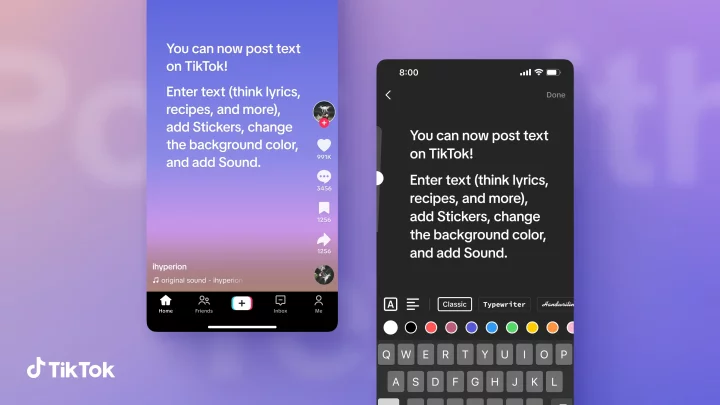
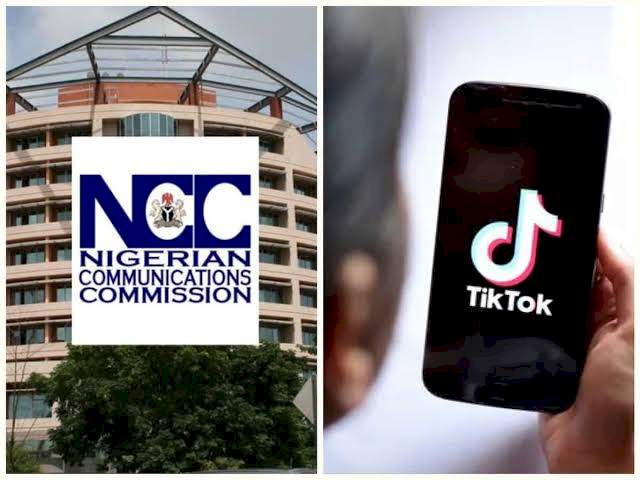
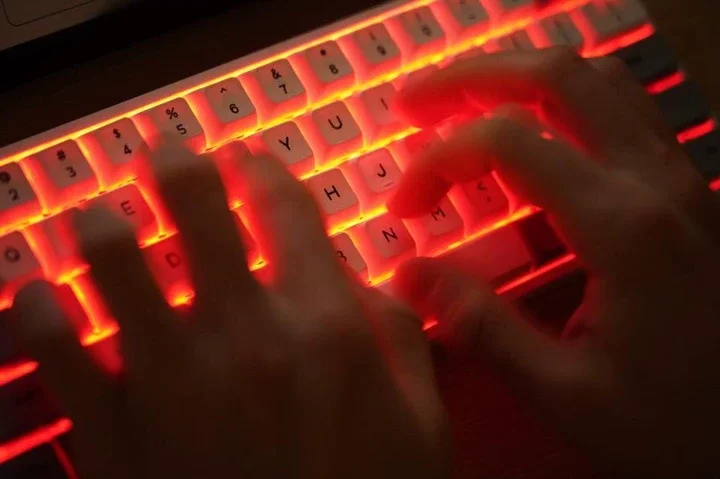

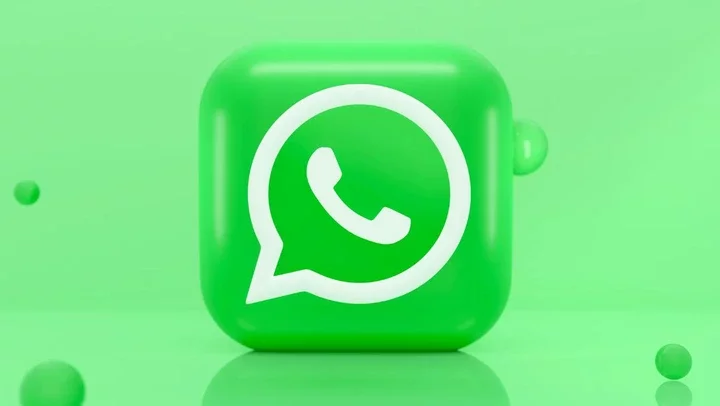



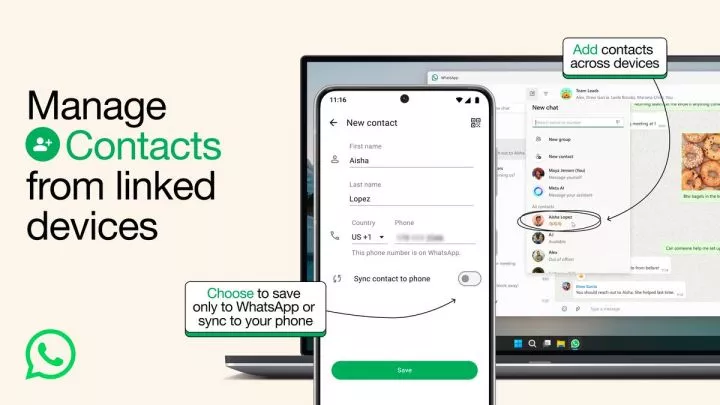

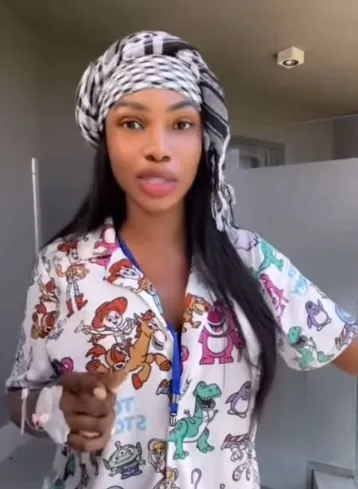



Comments